
Toyota Yaris Hatchback engines, drive and performance
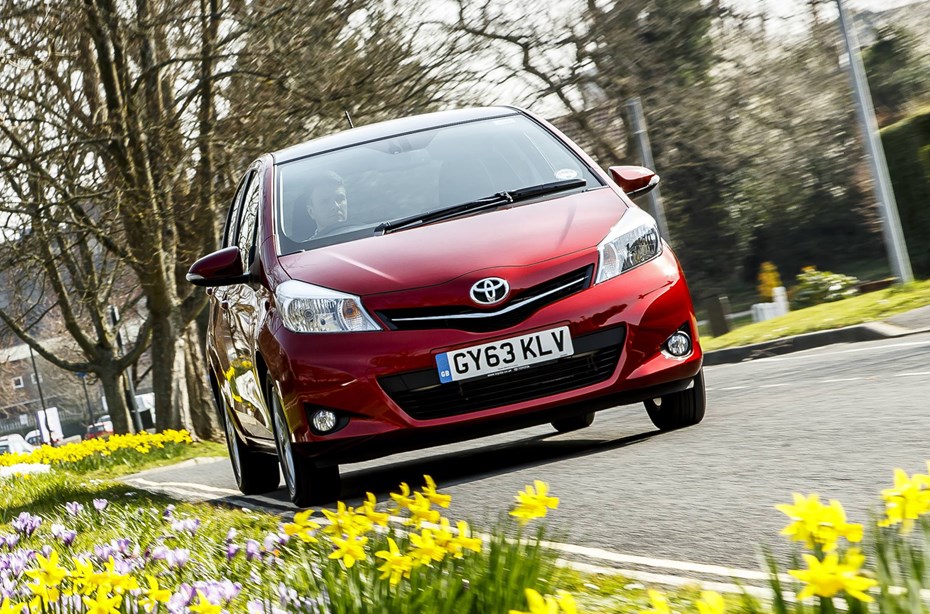
- 1.5-litre petrol an improvement over older 1.33
- Hybrid is well-suited to urban driving
- GRMN is a very hot hatch indeed
Engines available to Yaris buyers come in the form of petrol and hybrid options – the D-4D diesel engines were discontinued when the car was updated in 2017.
Entry-level 1.0-litre petrol
Kicking off the petrol range is a 1.0-litre VVT-i three-cylinder unit, producing 72hp and 93Nm of torque. Like all Yaris engines, it’s not turbocharged, and it will complete the 0-62mph sprint in a leisurely 15.3 seconds. It’ll go on to reach 96mph at the top end, but it’s highly unlikely you’ll get the chance to do this. Best stay in town if you go for this Yaris.
The fact that the little three-cylinder 1.0-litre engine thrums away with such enthusiasm makes it so engaging to rev that you almost forget just how long it’s taking to propel you from a standstill to 62mph, or, indeed, just how much damage you’re doing to the quoted consumption and emissions figures in the process. All of which makes the unit best suited to a predominantly urban environment.
Livelier 1.5-litre petrol
Most immediately appealing proposition for those not already comfortable with hybrid driving styles, and – shunning the CVT automatic transmission in favour of an acceptable six-speed manual change – is the 1.5-litre VVT-i, which joined the range in 2017. It certainly feels the liveliest here in performance terms.
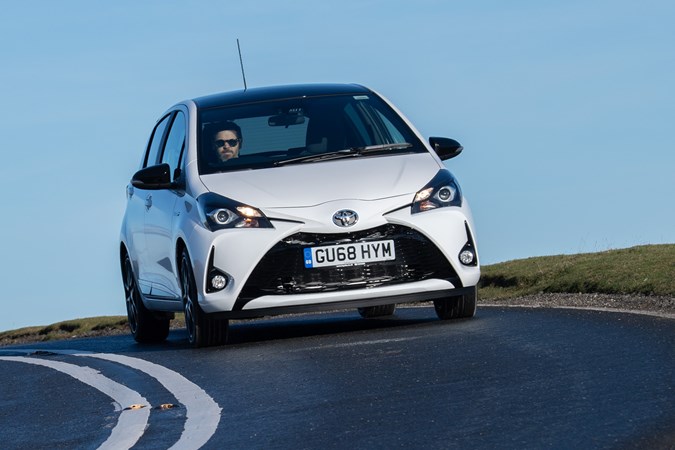
It’ll complete the dash from 0-62mph in 11.0 seconds in six-speed manual form (11.2 seconds if you opt for the CVT automatic), thanks to a much more useful 111hp and 136Nm of torque. Both of these versions will reach 108mph at top speed.
Sophisticated it may be in switching between different combustion cycles – Otto and Atkinson if you’re of a mechanical mind – in the interests of optimising both economy and performance (it consumes 10% less fuel than the 1.33 litre unit it replaced, while being nearly a second faster 0-62mph), but it is, however, noisy if you go chasing performance, with a not very pleasing sound to boot.
On the motorway you’ll be thankful for its six-speed manual gearbox to keep the revs low and noise down, but there’s no getting away from the fact you’ll need to make good use of it if you’re planning an overtaking manoeuvre, or even just to keep up with traffic varying in speeds.
Popular Hybrid option
Toyota has lavished the most attention on the 1.5 VVT-i Hybrid variant, but a painstaking look at further noise reduction measures would be better received were it not for a perceived lack of sound insulation, and the fact that the drive system still makes a fair old noise if you get on the power in an effort to elicit some real progress.
>> How to drive a Toyota hybrid
Under the bonnet is a petrol engine mated to an electric motor, producing 100hp and 111Nm of torque. It’s driven through a CVT gearbox, and will go from 0-62mph in 12.0 seconds – sitting between the two regular petrol variants in terms of performance. Top speed is 102mph.
Successive generations of Toyota’s hybrid technology have targeted a closer synergy between a rise in engine revolutions and vehicle acceleration, but the truth is the revs still yell off round the dial a good deal faster than the speedometer can catch up. Either you’ll mind this, and drive increasingly cautiously in order to prevent the din, or you will simply accept it as part of the hybrid driving experience.
And that’s an experience which is largely very pleasing, as long as you’re not in a hurry. Acceleration figures are not great, and feel even slower than on paper if you try to make appropriately quiet progress.
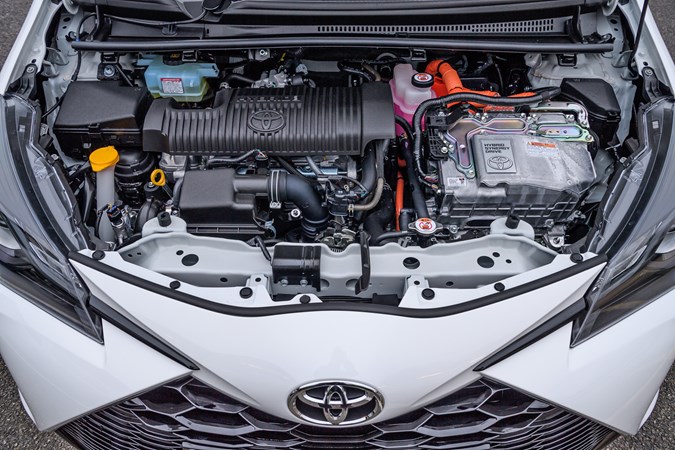
Do take it easy, though, and all is rather smooth and pleasant. Until, that is, it comes to braking. Truth is, no matter how carefully you try and modulate your use of the soft-feeling pedal, the regeneration system-shackled brakes are apt to become unpleasantly grabby just before the car comes to a standstill.
Lifting off the brake pedal as the car comes to a stop in the manner of a well-taught chauffeur will alleviate this issue to a point, but does require a fearsome degree of concentration unbecoming of the rest of the hybrid driving ambiance.
Toyota has gone to great lengths to emphasise the amount of time you spend driving a hybrid with the petrol engine switched off entirely, and is now deploying something called a Driveco box to help retailers demonstrate the hybrid system’s benefits under real world driving conditions.
It seems the careful may find themselves under electric power only for some 55% of their journey time, and for about 37% of the total distance covered.
Range-topping Yaris GRMN
The hottest Yaris variant was quite unusual in the small car segment because it’s powered by a relatively large 1.8-litre engine, boosted by a supercharger rather than a turbo.
In practical terms this means you get better throttle response and a much more linear power delivery than the smaller engines of its rivals – there’s none of the low-revs slowness followed by sudden, sharp acceleration of a turbocharged motor. Instead, power builds and builds over an appreciably wide band, taking on extra verve from about 3,000rpm. Peak torque of 249Nm comes in at 5,000rpm and you have to stretch the engine to 6,800rpm to unlock its 212hp.
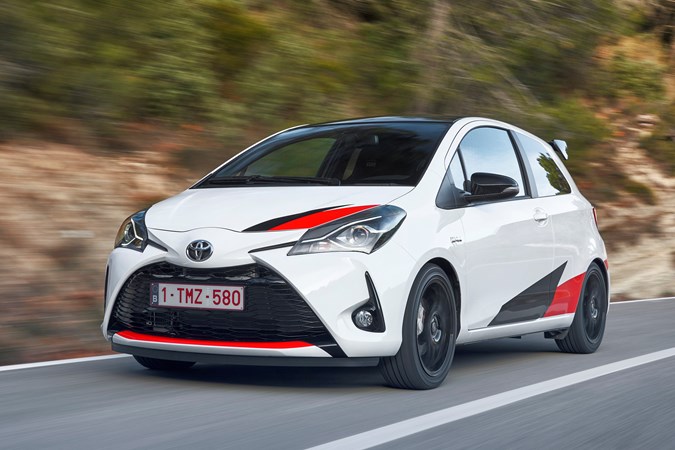
Sprinting from 0-62mph takes 6.3 seconds, undoubtedly slowed by the need to shift from second to third gear. The manual gearbox is workable but doesn’t feel particularly slick, which is a shame.
Given the Yaris’s diminutive size and high power output, the GRMN pulls very hard throughout the rev range – you don’t need to drop a gear every time you want a burst of acceleration. That allows you to exploit the handling to great effect.
Is the Yaris fun to drive?
- Light and easy-to-drive
- Standard car won’t sate keen drivers
- GRMN is an absolute riot, though
Reinforcing its commitment to all things future-proof, Toyota’s 2017 dynamic tweaks to the Yaris range were largely reserved for the hybrid model. It benefits from overhauls to the suspension set-up, electric power steering, driveshafts and engine mountings in the quest for improved handing, ride quality and refinement.
In truth, it’s tricky to assess the difference between the revised steering of the hybrid model and that carried over in the two conventionally-powered variants.
Suffice it say, though, that the steering is perfectly accurate, and pleasingly light for low speed manoeuvring and parking duties. As speeds build, however, the level of communication it offers the driver does not. Keener pilots should look elsewhere.
Traction levels, too, seem respectable, and body control through corners is acceptable rather than admirable. Lob in a manual gear change that isn’t the slickest in the segment and, though all functions well enough, this isn’t a car which promises greater engagement or entertainment the harder you press it in the manner of a Ford Fiesta or Peugeot 208.
Yaris GRMN turns up the heat
Given the Yaris’s design majors on comfort and requirement you won’t be surprised to hear that the GRMN has had to undergo some substantial modification to perform the way it does.
As well as significant additional bracing to stiffen the basic structure, the GRMN features top-of-the-range Sachs shock absorbers to ensure maximum grip from all four wheels, without making the ride unacceptably firm.
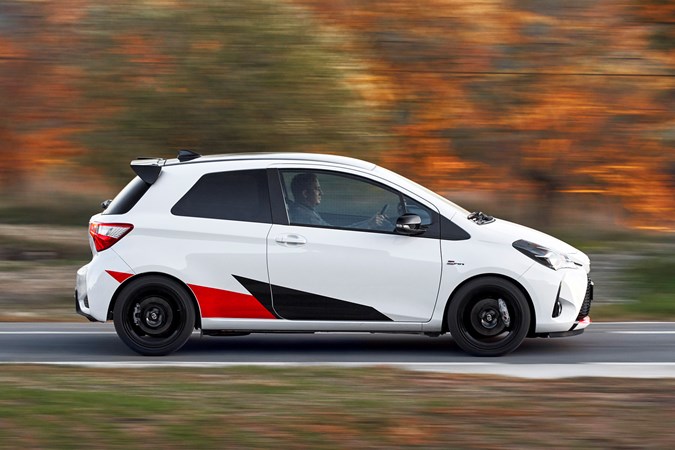
The whole car sits 24mm lower than a standard one and while that helps combat bodyroll, this is still quite a tall hatchback and therefore you still have to manage a bit more side to side movement than in a more tied down rival like a Ford Fiesta ST.
Forged 17-inch alloy wheels reduce the amount of weight at each corner, and sit over huge four-piston brake calipers capable of hauling the Yaris up at an alarming rate.
Most noticeable, however, is the Torsen limited-slip differential, which meters out power between the front wheels, particularly when cornering hard. Put simply, this mechanism allows the front tyres to bite into a turn where an unequipped rival would lose traction and plough straight on.
It’s a fabulous thing to drive, with bags of character and a responsive nature that feels alive to the driver’s inputs. Surprisingly, it’s also quite forgiving, offering up loads of grip when you get a corner right, and plenty of chances to correct your line when you don’t.


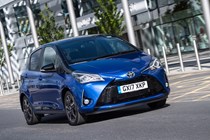

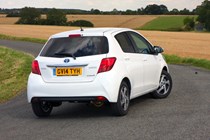
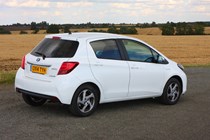
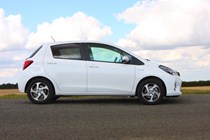
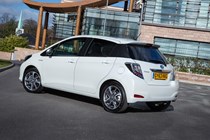
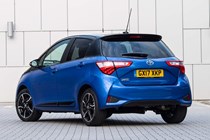
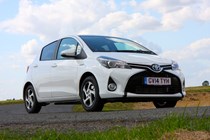
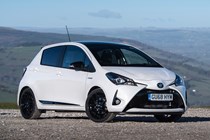
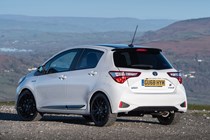
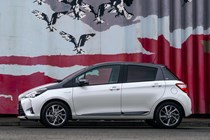
.jpg)
.jpg)
.jpg)
.jpg)
.jpg)
.jpg)
.jpg)
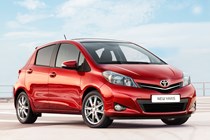
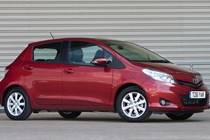
.jpg)
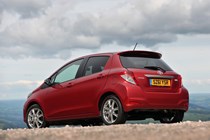
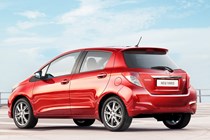
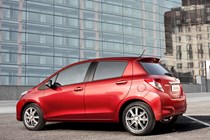
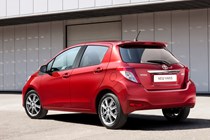
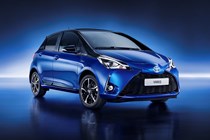
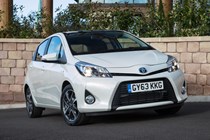
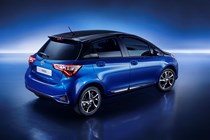

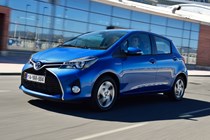
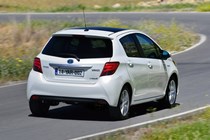
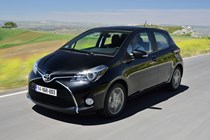

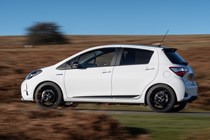
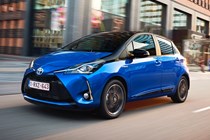

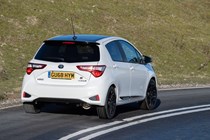
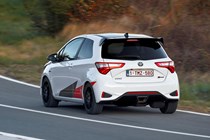


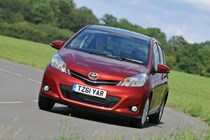

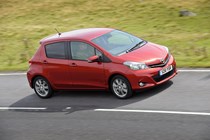
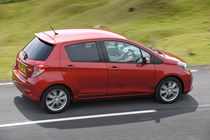
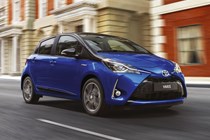
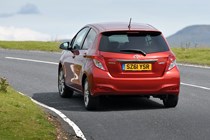
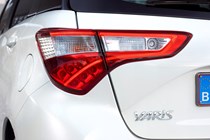
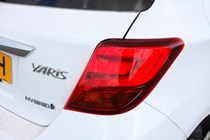
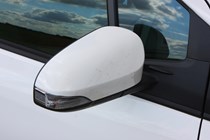
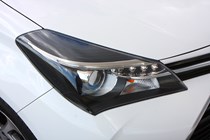
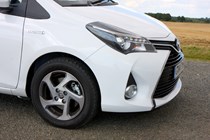
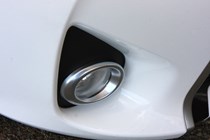
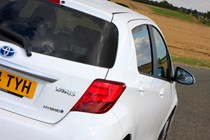
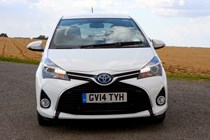
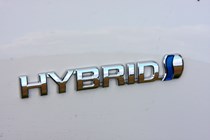
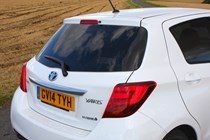

.jpg)
.jpg)
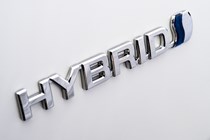
.jpg)
.jpg)
.jpg)
.jpg)
.jpg)
.jpg)
.jpg)
.jpg)
.jpg)
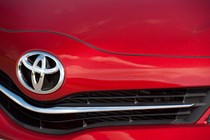
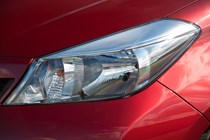
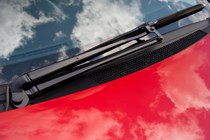
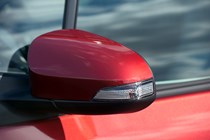
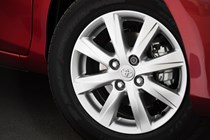
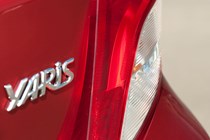
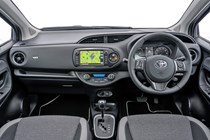
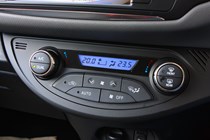
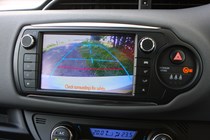
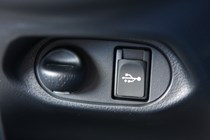
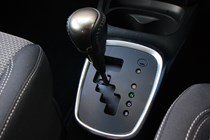
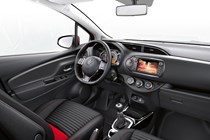
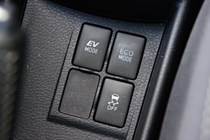
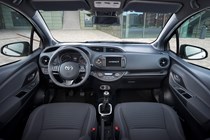
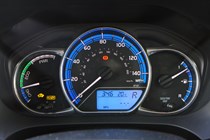
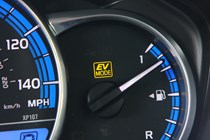
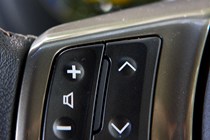
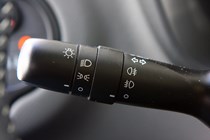
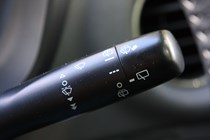
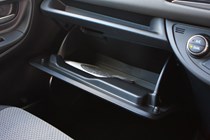
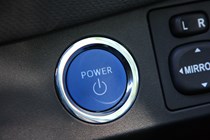

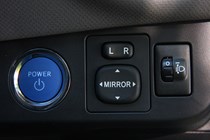
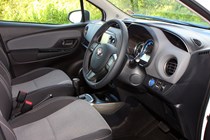
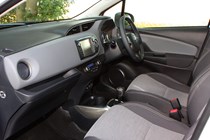
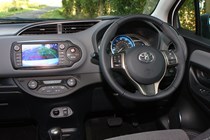
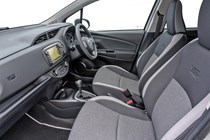
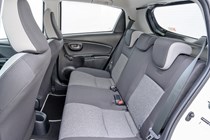
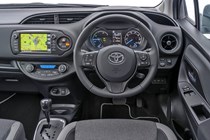
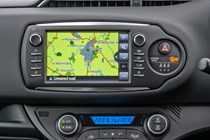
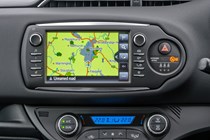
.jpg)
.jpg)
.jpg)
.jpg)
.jpg)
.jpg)
.jpg)
.jpg)
.jpg)
.jpg)
.jpg)
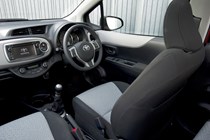
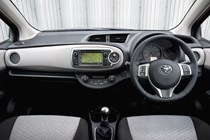
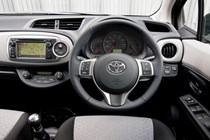
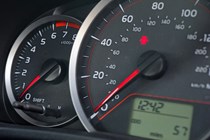


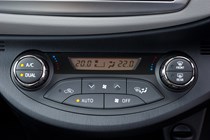
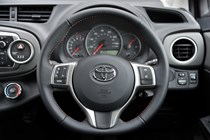

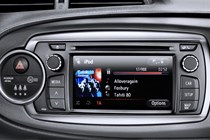
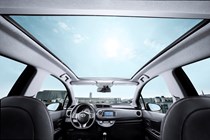
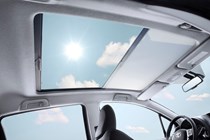

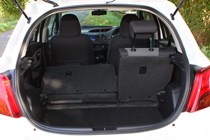
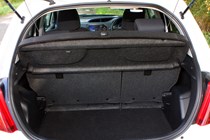
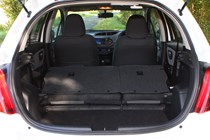
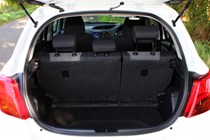
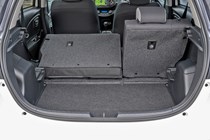
.jpg)
.jpg)
.jpg)
.jpg)
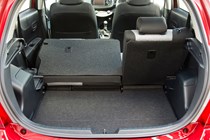
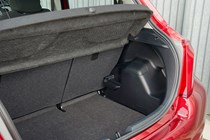
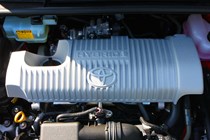
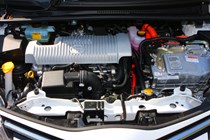
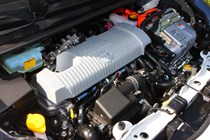


.jpg)
.jpg)
.jpg)
.jpg)
.jpg)
.jpg)
.jpg)













.jpg?quality=50)
.jpg?quality=50)
.jpg?quality=50)
.jpg?quality=50)
.jpg?quality=50)
.jpg?quality=50)
.jpg?quality=50)


.jpg?quality=50)




































.jpg?quality=50)
.jpg?quality=50)

.jpg?quality=50)
.jpg?quality=50)
.jpg?quality=50)
.jpg?quality=50)
.jpg?quality=50)
.jpg?quality=50)
.jpg?quality=50)
.jpg?quality=50)
.jpg?quality=50)































.jpg?quality=50)
.jpg?quality=50)
.jpg?quality=50)
.jpg?quality=50)
.jpg?quality=50)
.jpg?quality=50)
.jpg?quality=50)
.jpg?quality=50)
.jpg?quality=50)
.jpg?quality=50)
.jpg?quality=50)


















.jpg?quality=50)
.jpg?quality=50)
.jpg?quality=50)
.jpg?quality=50)







.jpg?quality=50)
.jpg?quality=50)
.jpg?quality=50)
.jpg?quality=50)
.jpg?quality=50)
.jpg?quality=50)
.jpg?quality=50)